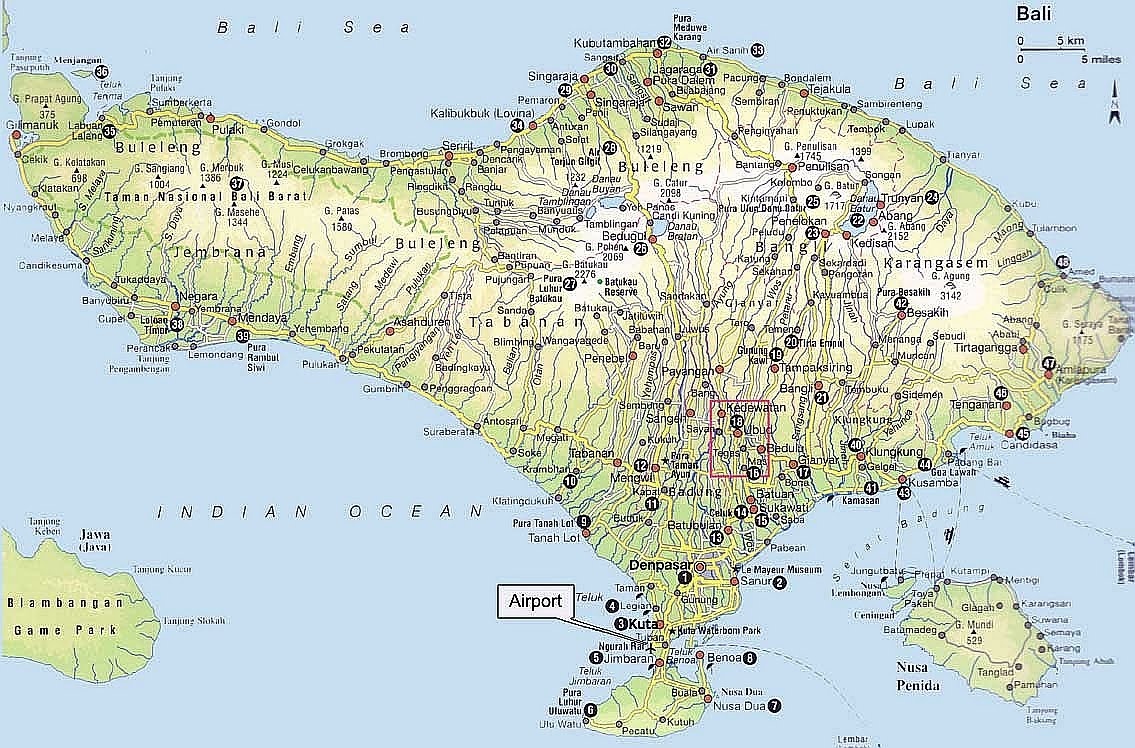Vietnam latest news - Thanh Nien Daily | Coffee harvest in Vietnam heads for second highest on rains
The coffee harvest in Vietnam, the world’s biggest grower of robusta beans used by Nestle SA (NESN) in instant drinks, will probably be the second largest on record as regular rains boost fruit development.
Production may climb 10 percent to 1.6 million metric tons in the 12 months starting in October from 1.45 million tons a year earlier, according to the median of 13 trader and shipper estimates compiled by Bloomberg. That’s the highest since a record 1.65 million tons in 2011-2012 and 6.7 percent more than the median in a survey published in May.
A bigger crop may curb a rally in prices from a 32-month low in June, spurred by Vietnamese farmers holding back beans and sales slowing in third-ranking Indonesia before the Muslim fasting month of Ramadan. Prices are still down 15 percent from the March high, when dry weather in Vietnam threatened to cut output as much as 30 percent. The drought ended in May with rainfall this month forecast to be above a 30-year average.
“The weather is now perfect with regular rains,” said Tran Tuyen Huan, Ho Chi Minh City-based general director of Asia Commodities Joint-Stock Co. “The number of cherries formed on each branch is higher this year as the trees had some rest last year when the harvest fell.”
Robusta for September delivery rose 0.6 percent to $1,894 a ton on NYSE Liffe at 10:25 a.m. in London. Prices touched a low of $1,704 on June 14 and a five-month high of $2,216 on March 13. In Dak Lak province, which represents about 30 percent of Vietnam’s output, beans cost 39,800 dong ($1.88) a kilogram (2.2 pounds) yesterday, data from the Daklak Trade & Tourism Center show. That’s down from a 17-month high of 45,500 dong in March.
More rain
The Central Highlands region, which includes Dak Lak, may get more rain this month than average, the National Center for Hydro-Meteorological Forecasting said July 1. Buon Ma Thuot, the capital of Dak Lak, may get as much as 350 millimeters (14 inches), compared with the 30-year average of 266 millimeters.
Unsold beans of the current crop may be 220,000 tons, or 22 percent more than 180,000 tons a year earlier, according to the survey of traders and shippers. Exports from October to June are estimated at 1.19 million tons, compared with 1.31 million tons a year earlier, according to preliminary data from the General Statistics Office compiled by Bloomberg.
“I didn’t sell much when prices were high because just like many people, I was greedy and hoping they would go even higher,” said Tran Thi Loan, a farmer in Dak Lak. “Now that prices have dropped, I feel sorry and even less motivated to sell, so I’ll wait for them to go back up again.”
Unsold beans
Loan said she has kept about a third of the four tons she harvested from the 2012-2013 crop, more than the year before.
The “Vietnamese are likely to keep holding on to what is left of the remaining 2012-13 coffee crop, causing premiums to rise again against London futures,” Kona Haque, a London-based analyst at Macquarie Group Ltd. (MQG), Australia’s biggest investment bank, said in a report e-mailed July 9.
Coffee from Indonesia, gathering its 2013-2014 crop, was at a premium of $230 a ton to the NYSE Liffe price last week, Volcafe Ltd., the coffee unit of commodities trader ED&F Man Holdings Ltd., said in a report e-mailed on June 28. Beans from Vietnam held a premium of $140, data from the trader showed.
skip to main
|
skip to left sidebar
skip to right sidebar
Black as the devil, Hot as hell, Pure as an angel, Sweet as love.
Travel to Indonesia
Contact Our Team:
Raja Kelana Adventures Indonesia
Raja Kelana Adventures Indonesia
Email: putrantos2022@gmail.com
Facebook Messenger: https://www.facebook.com/putranto.sangkoyo






